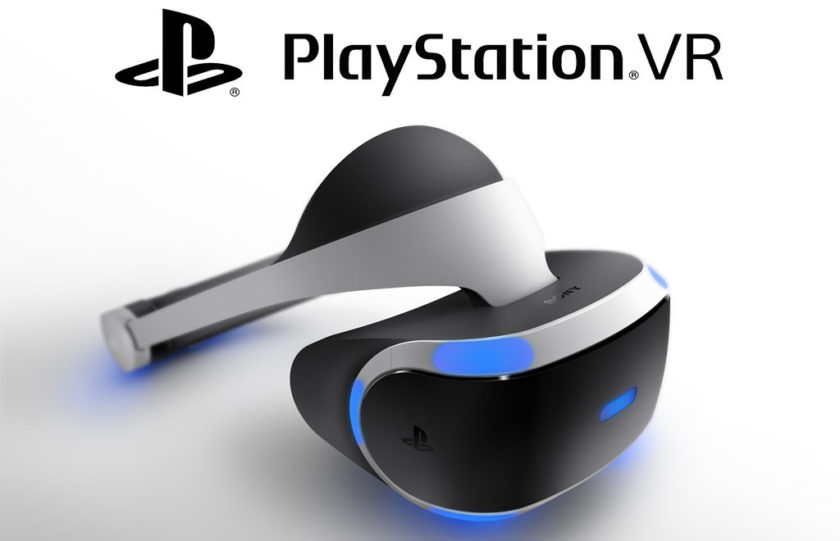M+E Daily

Consumers Hit Retail Stores Early for PlayStation VR Launch
Story Highlights
U.S. consumers descended on retail stores across the country to buy the PlayStation (PS) VR virtual reality headset when it went on sale the night of Oct. 13, including at select Best Buy and GameStop locations that opened early for the launch.
Best Buy “had nearly 350 stores open early last night across the nation to put PS VR in customers’ hands as soon as possible,” Best Buy spokesman Shane Kitzman said by email Oct. 13. Those stores opened at midnight Oct. 13 on the East Coast and simultaneously at participating stores in other parts of the country, he said. There would also be PS VR units available for customers “while supplies last” at Best Buy stores opening at their usual time Oct. 13, he said.
Kitzman didn’t specify whether PS VR sold out at any locations or how many customers on average turned out for the early openings. “We don’t talk inventory, sales or customer metrics, but we were happy to see the customers who came out last night nationwide to get PS VR, as we’ve been hosting PS VR demos in about 200 of our stores across the country each week this year,” he said.
GameStop didn’t respond to a request for comment about the PS VR launch. A Sony Interactive Entertainment (SIE) spokesman said he had no launch data results to share yet.
“Three separate waves of pre-orders” for PS VR resulted in sellouts ahead of the launch, SIE had said.
There were units of the PS VR available for online purchase from the web sites of both Best Buy and GameStop the afternoon of Oct. 13.
The $499.99 PS VR Launch Bundle, meanwhile, was listed as the best-selling videogame product at Amazon.com at about 1:30 pm ET Oct. 13. Although Toysrus.com listed both the Launch Bundle and $399.99 standalone PS VR Oct. 13, neither version was available for online order that afternoon.
As the PS VR launched, marketing consultancy and research company Magid Associates said a nationally representative online survey of 2,400 consumers 8-64 years old that was conducted July 21-Aug.5 indicated there’s significant interest in VR technology among U.S. consumers.
Forty-two percent of those polled were at least somewhat interested in VR, Magid said. Twenty-three percent were very interested, but 24% said they were not at all interested.
“Our research shows that consumers understand how compelling VR is and that many different applications for VR interest Americans,” Mike Vorhaus, president of the company’s Magid Advisors division, said in a news release announcing the findings of the study. Consumers are interested in using VR for many topics, from movies and TV shows, to games and travel, the company said.
Consumers polled had heard about Samsung VR Gear more than any other VR product, with 34% saying they heard of that device. That was followed by PS VR, at 31%. Trailing them were Oculus Rift (27%), Google Cardboard (21%), Microsoft HoloLens (17%), Valve/HTC Vive (10%), Razer Open-Source (OS) VR (8%) and Merge VR (5%). But 38% of those polled never heard of any of the VR systems.
Price alone won’t determine what VR system sells best, Magid predicted, pointing out that 29% of those surveyed said they planned to buy Samsung VR Gear in the next 12 months at its listed price of $99.99. It was followed by 26% for PS VR, 20% for Google Cardboard at $15, 14% for Oculus Rift at $599, 11% for Microsoft HoloLens at $3,000 for the Development Edition, and 9% each for Merge VR at $79, Razer OS VR at $299.99 and Vive at $799.
Several brands have the potential to succeed in the VR category, Magid said. If buying a VR device, 40% of those polled said they would prefer it be made by Microsoft, followed by 37% for Sony, 35% for Apple, 24% for GoPro and 9% for Nikon.
Magid predicted that GoPro and the large consumer electronics brands could be the biggest VR winners. It pointed to survey results that showed if consumers were to buy a VR capture device such as a 360-degree camera, 36% of those polled would prefer that GoPro make it, followed by Sony at 31%, Microsoft at 27%, Apple at 25% and Nikon at 21%.
For now, movies seem to be the most-in demand VR content, with 49% of those polled saying they were interested in seeing movies in VR, followed by 38% for console and PC games, 35% for virtual travel, 33% for TV shows, 32% for music videos, 31% for sports, 28% for smartphone and tablet games, and 27% for live events.
Secondary VR use cases would include social networking, with 24% of those polled pointing to interest in using the technology for that content, Magid said. It was followed by video calls at 23%, vehicular/adventure simulations at 21%, live/recorded video games at 20%, board games at 18%, news at 17%, short-form video clips at 15%, eSports at 15%, training for jobs and other activities at 15% and event replays at 11%.









